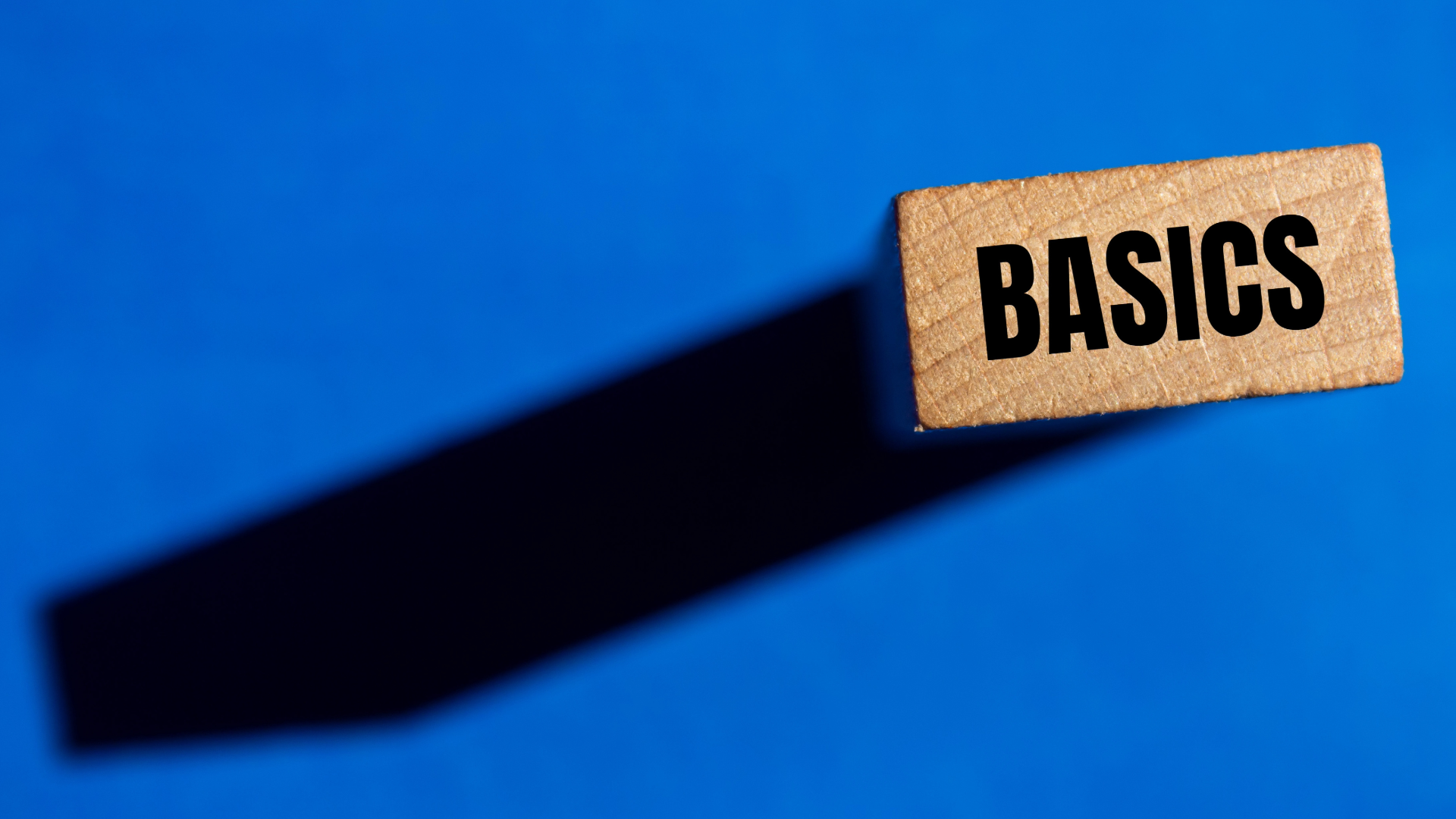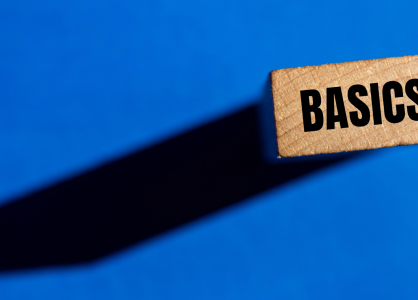The world of collectibles is vast and varied, offering enthusiasts the chance to explore history, express passion, and invest in items that may grow in value over time. For beginners, starting a collection can seem overwhelming. This guide will take you through the essential steps to kickstart your collecting journey, covering everything from choosing what to collect to understanding market value.
1. Define Your Interest Area
- Overview: The best collections are those that resonate personally. Collectibles can range from sports memorabilia and vintage toys to coins, comic books, and art.
- Tips: Start by identifying items or themes that spark your passion. Think about your hobbies, favorite historical eras, or genres of art. The more personal your connection, the more fulfilling your collection will be over time.
2. Research and Understand the Basics
- Overview: Each category of collectibles has its own nuances, history, and market dynamics. Understanding these elements can help you make smarter choices.
- Tips: Dive into books, websites, and forums related to your chosen category. Look for expert advice and join online communities where you can ask questions and learn from experienced collectors. Collecting is as much about learning as it is about acquiring items.
3. Set a Budget
- Overview: It’s easy to get carried away in the excitement of collecting. Setting a budget helps you avoid overspending and focus on building a meaningful collection over time.
- Tips: Determine what you’re willing to spend monthly or annually on your collection. Keep in mind that some items may be long-term investments, while others are more about enjoyment. Balance your purchases with patience; the thrill of finding an item within your budget can be incredibly rewarding.
4. Start with Affordable Pieces
- Overview: As a beginner, it’s wise to start with entry-level items. This allows you to learn the ropes without committing to high-value purchases right away.
- Tips: Look for accessible, lower-cost items to familiarize yourself with handling, preserving, and evaluating collectibles. Over time, you’ll gain confidence in spotting items with greater value or rarity, and you’ll be more prepared to invest in pricier pieces.
5. Learn About Authentication and Provenance
- Overview: Provenance (an item’s ownership history) and authenticity are crucial in the world of collectibles. Forgeries and replicas can look appealing but hold little to no value.
- Tips: Familiarize yourself with the telltale signs of authenticity for your specific category. For example, a stamp collection may have unique watermark markers, while coins have mint marks. Whenever possible, obtain certificates of authenticity or buy from reputable dealers.
6. Network with Other Collectors
- Overview: Building relationships with fellow collectors opens doors to new insights, potential trades, and access to rare items.
- Tips: Attend local collector conventions, participate in online groups, and join platforms where collectors congregate. Networking allows you to learn from others’ experiences and potentially discover hidden treasures. Plus, sharing your enthusiasm with others can enhance your collecting journey.
7. Preserve and Protect Your Collection
- Overview: Proper care and storage are essential to maintaining the value and quality of your collectibles. Different types of items require different preservation techniques.
- Tips: Use acid-free paper for documents, protective cases for action figures, and display cases for items like coins or stamps. Keep your collection away from sunlight, humidity, and extreme temperatures, which can cause damage over time.
8. Understand Market Value and Rarity
- Overview: The value of a collectible is often determined by its rarity, condition, and market demand. Learning these elements can help you make smart acquisitions and know when to hold or sell.
- Tips: Study market trends and track prices for items similar to those in your collection. Rarity can significantly influence an item’s value, but demand fluctuates, so stay updated. Knowing when to buy or sell based on market value is a skill that can increase your collection’s worth over time.
9. Document Your Collection
- Overview: Keeping track of your items adds structure to your collection and can help with future valuations or sales. This also aids in sharing your collection’s story with others.
- Tips: Create a digital or physical catalog with photos, descriptions, purchase dates, prices, and any certificates of authenticity. This documentation not only helps you organize your collection but also assists potential buyers or appraisers in understanding its value.
10. Have Fun and Embrace the Journey
- Overview: Collecting is a personal journey that should be enjoyable, not just a means of investment. The experiences, memories, and knowledge you gain along the way are invaluable.
- Tips: Allow yourself to explore different items, go off-script, and embrace the fun of the hunt. Attending events, browsing markets, and discovering unique items brings a joy that’s central to the collector experience.
How Collectiblepedia Can Help
Starting a collection is an exciting adventure, and Collectiblepedia is here to support you every step of the way. Collectiblepedia is your go-to platform for all things collectibles, offering a wealth of information to help beginners and seasoned collectors alike. From in-depth articles to guides on authentication and market trends, Collectiblepedia equips you with the knowledge to make informed decisions.
Collectiblepedia also provides a vibrant community where collectors can connect, share insights, and discover unique items. With our detailed resources, you can learn about proper preservation, uncover valuable finds, and deepen your appreciation for your chosen passion. Join Collectiblepedia today and take your first steps toward building a collection that’s meaningful, valuable, and uniquely yours.

